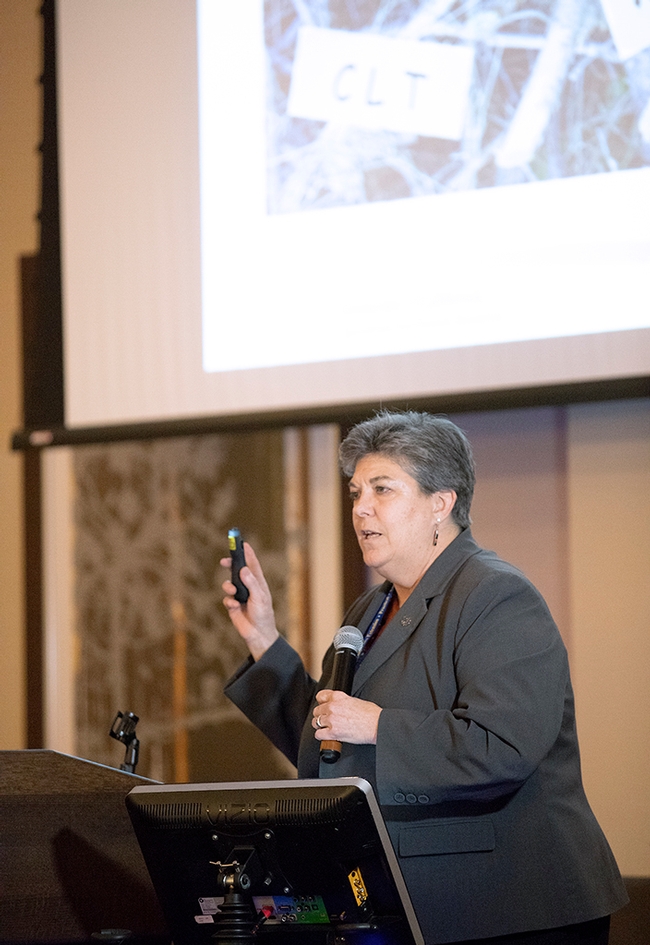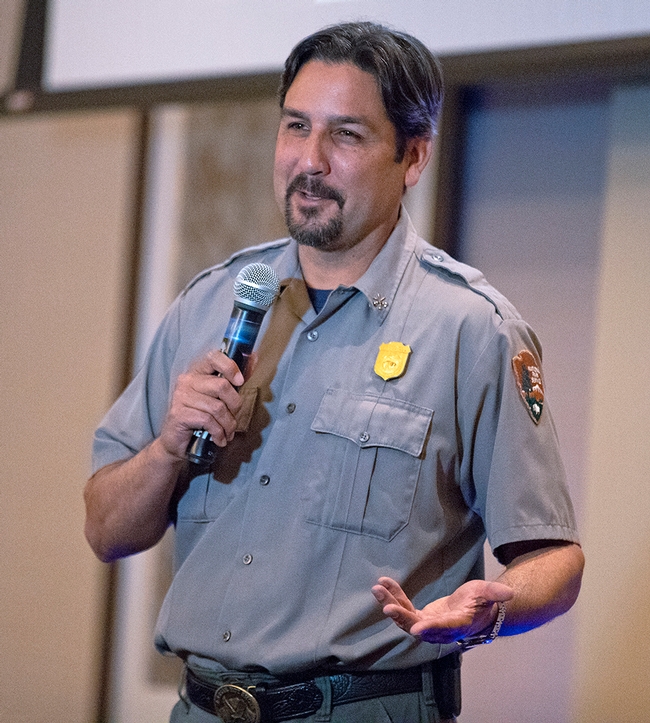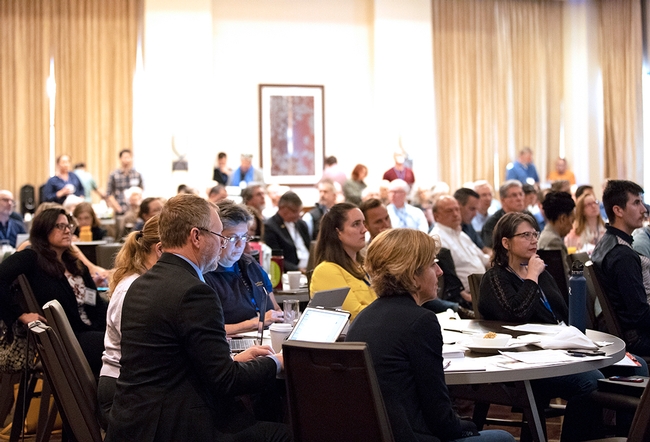
Why are we in this situation? Multiple factors are involved. We suppressed wildfires in our forests for 100 years, and stopped using prescribed fire as a tool for ecosystem benefits and fuel reduction. Further, we have been experiencing hotter summers (so the window for burning is wider) and we've continued to build into wildfire-prone areas with home construction, lot layout and community planning that often are not up to the fire challenge.
Is there hope? I present these as my take always, noting there is more detail to be seen at the UC ANR fire and other websites (e.g., CFSC). I was impressed by the three relatively clear battle grounds we need to attend to:
- Our homes: how we build, layout and landscape our homes
- Our communities: how we structure our neighborhoods and communities
- Our forests and beyond: how we manage (what I'll call) the forests and wildlands. Each has particular needs and opportunities

While the above focuses on prevention and management of fires, the Summit had good representation of the health sector, reminding us of the need to help humans, domestic animals and wildlife affected and traumatized by fire events.
The Summit was deemed by the participants themselves as very successful. Kudos to the many organizations who participated. There is momentum building with a genuine desire to work together to help the people of California.
Want to learn more? Contact some of our experts, who served as the chairs of the Summit coordinating committee:
David Lile, Leader, Sustainable Natural Ecosystems Strategic Initiative, UC ANR
Lenya Quinn-Davidson, fire advisor, Cooperative Extension, Humboldt County, UC ANR
Yana Valachovic, forest advisor, Cooperative Extension, Humboldt and Del Norte County, UC ANR
Want more? See UC ANR fire
